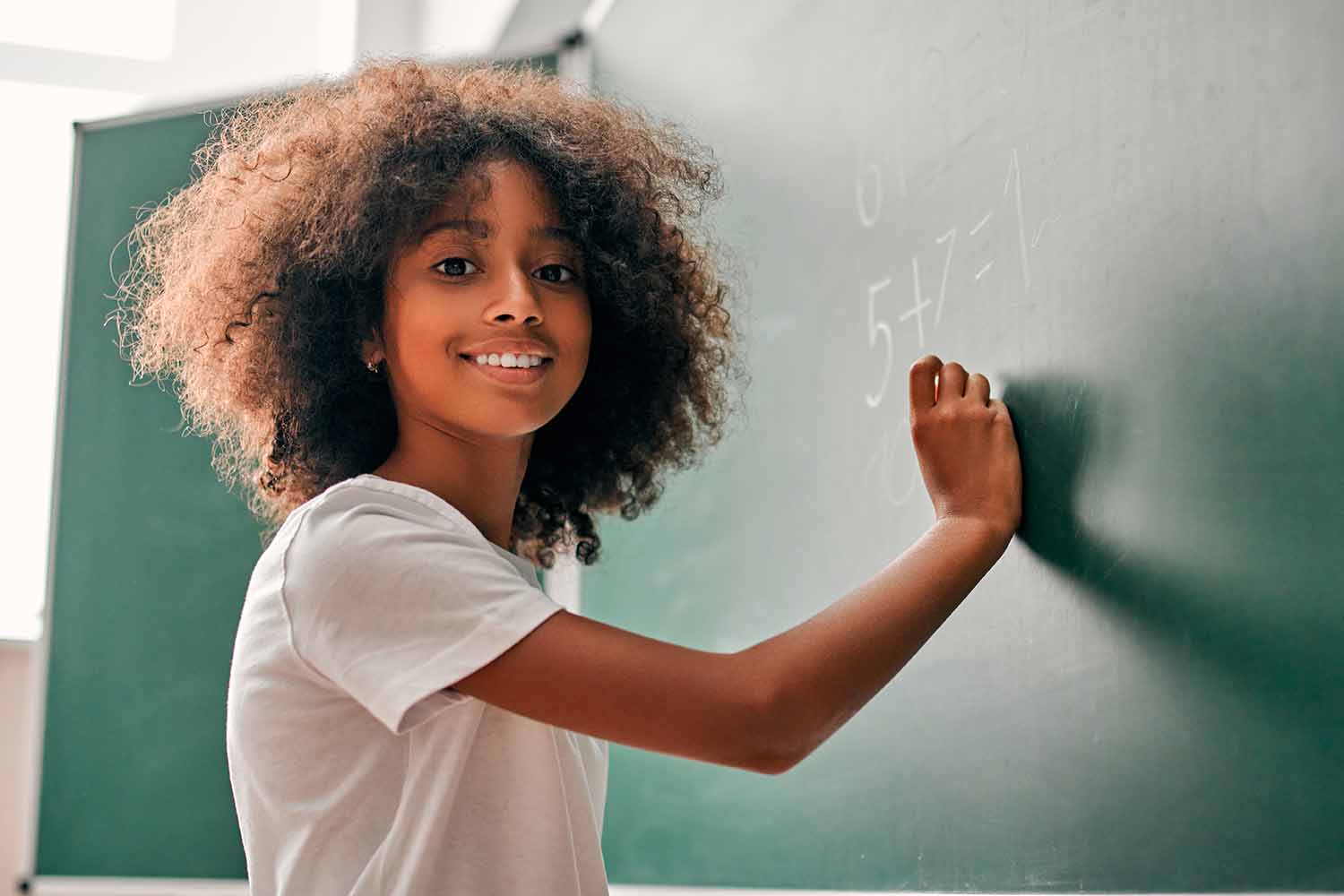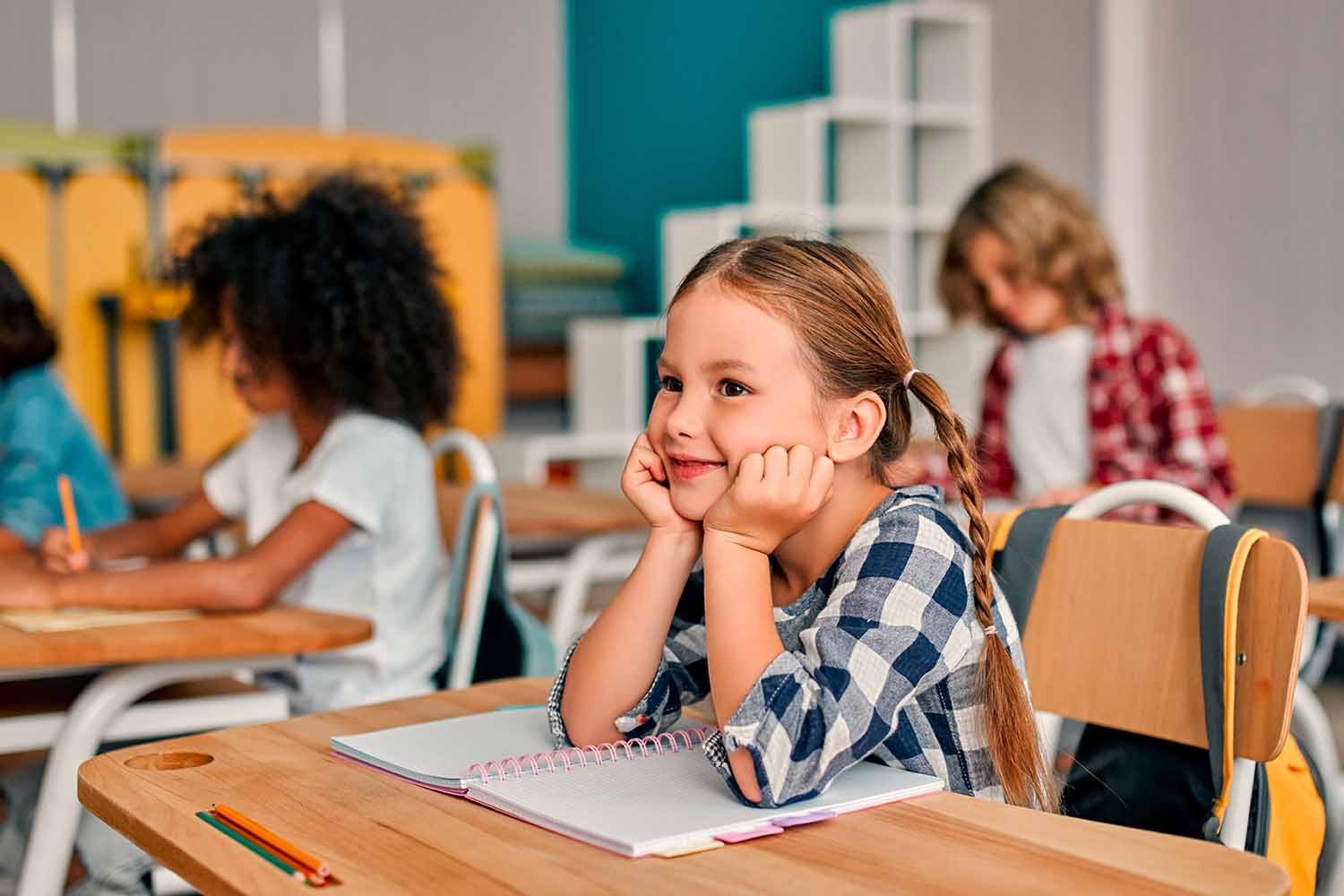5 Positive Psychology Exercises to Try With Your Students
When we think of psychology, we tend to think of mental illness – such as trying to understand why some people become depressed, or what happens after a trauma.
But positive psychologists say that we also should be looking at what makes people mentally well, not just mentally ill – and that’s exactly what they study. By implementing these positive psychology exercises in your classroom, you can help all of your students start to build a meaningful, happy, and fulfilled life.
Here are 5 positive psychology exercises that you can try with students of all ages.
What is Positive Psychology?
Positive psychology is a relatively new area of study in the field of psychology that focuses on what makes people psychologically healthy (rather than only studying what makes people mentally ill).
Often, psychological research studies mental health problems – what causes things like depression, anxiety, and so forth. But positive psychologists study what helps humans flourish and build a life of meaning.
Positive psychology was founded in the 1960s by a psychologist and researcher named Martin Seligman. He wanted to understand what makes people happy and resilient. He focused on identifying traits and skills that could be taught and learned, that help people become happier. Seligman and his colleagues helped the world of psychology understand that focusing solely on illness and pathology does not help us to understand the full spectrum of the human experience.
Seligman defined 5 essential components to a fulfilling life, and used the acronym PERMA to describe them:
- Positive emotions
- Engagement
- Relationships
- Meaning
- Accomplishments
In the school setting, implementing positive psychology means that we focus on improving the happiness, resilience, and psychological strength of all students, not only the ones who need or seek psychological attention. Rather than only intervening when a psychological problem arises, school staff can work towards improving the psychological health of their students and preventing these problems from arising to begin with.
Using the PERMA model, school staff help students find what they are passionate about (engagement), build a strong school community (relationships), and set them up for academic and social success (accomplishments). We can also use SEL activities to help students identify and build positive emotions, like gratitude, within themselves.
Calm Classroom, a school-based mindfulness program, can help your students gain something in all 5 of these areas. Mindfulness has been shown to strengthen relationships, improve self-esteem, and increase emotional self-awareness.
5 Positive Psychology Exercises for Students

Here are 5 positive psychology exercises, adapted from the Calm Classroom curriculum, that can help your students build meaningful and happy lives.
Gratitude journal
One research-backed way to improve positive emotions is by practicing gratitude. Gratitude is a skill that can be taught and learned, and you can help your students develop this skill.
Invite your students to participate in a gratitude journal. Older students can write 3 to 5 things that made them feel happy today. Remind them that these can be big things – like feeling the love of a parent – or small things, like hearing their favorite song. They should write about these things in as much detail as possible. What happened, and how did it make them feel?
Younger students can create drawings of things they feel grateful for.
If you have built a strong classroom community, you can ask your students to share their gratitude lists with one another.
Identifying values and goals
Identifying their core values can help students begin to understand what kind of future life would be meaningful and fulfilling for them.
Print out a list of values, keeping your students’ developmental level in mind. There are many comprehensive lists that can be found on the internet, or you can create your own.
Next, have your students identify their top 3 most important values. You can start by having them list their 10 most important values, then guiding them to pare this list down until they are left with only 3.
Lead a discussion or a journaling activity about these values. Why did your students choose them? And what would need to change in their lives in order to live a life that’s more aligned with these top 3 values?
Restorative justice circle
One key piece of a happy life is strong relationships. You can help teach your students how to start building (and preserving) these relationships by demonstrating these skills at school. One way that many teachers do this is through restorative justice circles.
Restorative justice circles were designed to repair relationships after harm has been done. For example, perhaps one of your first-grade students pushed another student at recess. There was a third student who tried to intervene. You can hold a restorative justice circle with them to allow the victim to express how hurt they felt, and give the student who did the pushing a chance to apologize.
When conflicts like these addressed head-on and harm is repaired, then strong relationships can build.
Getting into the flow
One key positive psychology concept, identified by Mihaly Csikszentmihalyi, is the concept of “flow.” Csikszentmihalyi defined flow as “a state in which people are so involved in an activity that nothing else seems to matter; the experience is so enjoyable that people will continue to do it even at great cost, for the sheer sake of doing it.”
For example, you might think of a ballerina who is completely and utterly engrossed in performing a challenging choreography, or an athlete who is 100% focused on the game. Positive psychologists say that intentionally getting into a flow state is key to a fulfilling life.
You can help your students get into a flow state as well. Help each of them identify a task that isn’t easy, but isn’t so challenging as to be frustrating. Set a timer, allow them to listen to music, and encourage them to become engrossed in the task at hand.
Mindfulness meditation
Lastly, any mindfulness exercise can help your students develop deeper self–awareness and nurture positive emotions like gratitude.
The Calm Classroom curriculum is filled with mindfulness activities that are great for students of all ages. You can use these simple 3-minute mindfulness exercises out at any moment of the day to help your students tune in with themselves and connect with their emotions.
Get in touch with us to learn about all of the options we have available for you.





SIGN UP FOR OUR NEWSLETTER